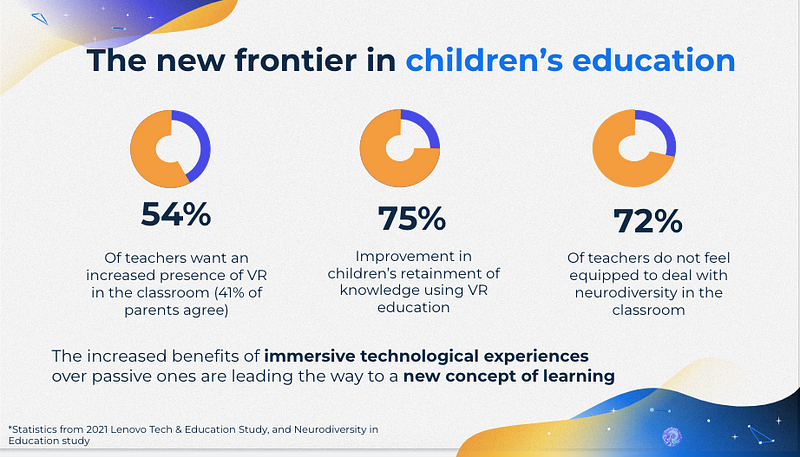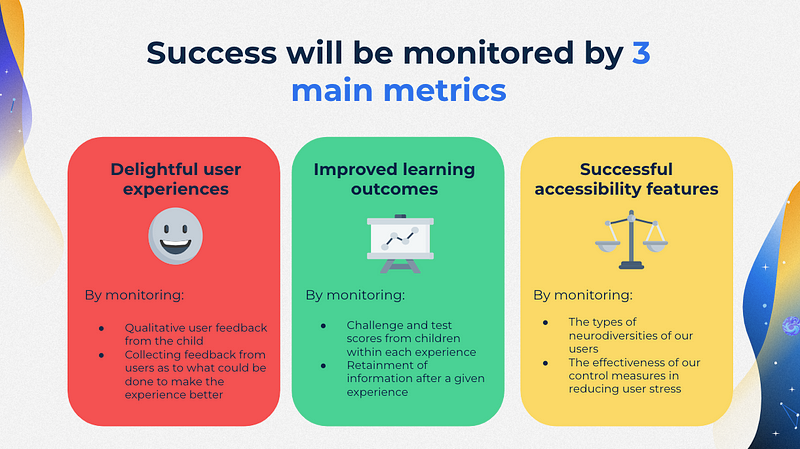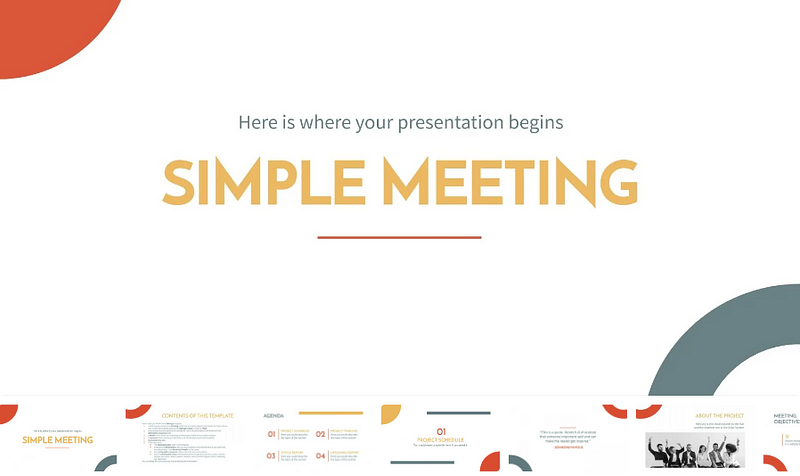Creating Engaging and Impactful Slideshows: A Three-Step Guide
Written on
Chapter 1: The Importance of Storytelling in Presentations
In today's world, the ability to create compelling slideshows is crucial for professionals, especially with the rise in remote work. Slides have become a vital medium for sharing ideas, strategies, and messages with an audience.

A memorable presentation weaves a captivating narrative, and the accompanying slides must enhance this story; otherwise, the impact will be lost. It's essential that the narrative remains clear, even if the slides are sent directly for review without a live presentation.
I utilize a three-step approach to develop a narrative through slides:
- Structure your narrative
- Lead with data
- Leave the audience with a clear message
Section 1.1: Structuring Your Narrative
The first step is critical. Before diving into slide creation, it’s important to clarify the messages you wish to convey and the best way to communicate them. The storyline is paramount, and the slides should align with it.
A general framework I follow to outline my narrative includes:
- Context: What brought us here?
- Problem Exploration: What issue are you addressing with your presentation? (Data is key!)
- Solution Proposal: What resolution are you offering, and why is it the most effective?
- Key Takeaways and Next Steps: What should the audience remember or do after the presentation?
While this framework is adaptable, it’s beneficial to ask yourself these guiding questions.
For instance, if you were creating slides for a new educational VR product designed for neurodiverse children, your narrative might unfold like this:
- Context: Have you identified a need for such a product, or was there a specific brief given?
- Problem Exploration: Research the gaps in educational resources for neurodiverse children, and consider the role of VR in education.
- Solution Proposal: Detail the functionality of your product, demonstrating its feasibility and addressing financial, technical, and ethical considerations.
- Key Takeaways: Highlight the urgency for educational solutions for neurodiverse children and articulate what actions you want your audience to take.
Subsection 1.1.1: Leading with Data
Presenting data that backs your narrative is an effective way to engage your audience and lend credibility to your message. In the case of the educational VR product, you would want to showcase statistics that illustrate current deficiencies in VR educational tools and highlight teachers' preparedness for addressing neurodiversity in classrooms.

The slide above effectively presents key data that reveals gaps in VR education solutions, demonstrating the need for your proposed solution.
Section 1.2: Leaving the Audience with a Clear Message
Concluding your presentation with clear takeaways or the "so what?" can significantly enhance its impact. A straightforward and memorable message will resonate better with your audience.
This principle applies to each slide as well; every slide should convey a clear point, making it easier for the audience to follow the overall narrative.

The title of the slide summarizes the main idea, with the content providing additional context. This way, a viewer could glean a general understanding of the story by reading just the slide titles.
Bonus Tip: Choosing a Cohesive Slide Design
This stage can be quite enjoyable. It's important to consider which color schemes, fonts, and imagery will resonate with your audience and the topic at hand. While context matters, don't hesitate to incorporate creativity into your slides; an appealing design can significantly enhance your presentation's effectiveness.
I often use a pre-designed template for my slides, with my preferred source being Slidesgo.

Chapter 2: Enhancing Your Presentation Skills with Multimedia
To elevate your storytelling and presentation skills further, consider incorporating multimedia elements. Engaging videos can serve as powerful tools in your presentations.
Learn how to effectively tell visual stories in your PowerPoint presentations with this informative video.
Discover essential storytelling tips for presentations, complete with practical examples that can enhance your delivery.
Thank you for reading!
Feel free to connect with me on LinkedIn for any inquiries, and continue expanding your knowledge by joining the Medium community!